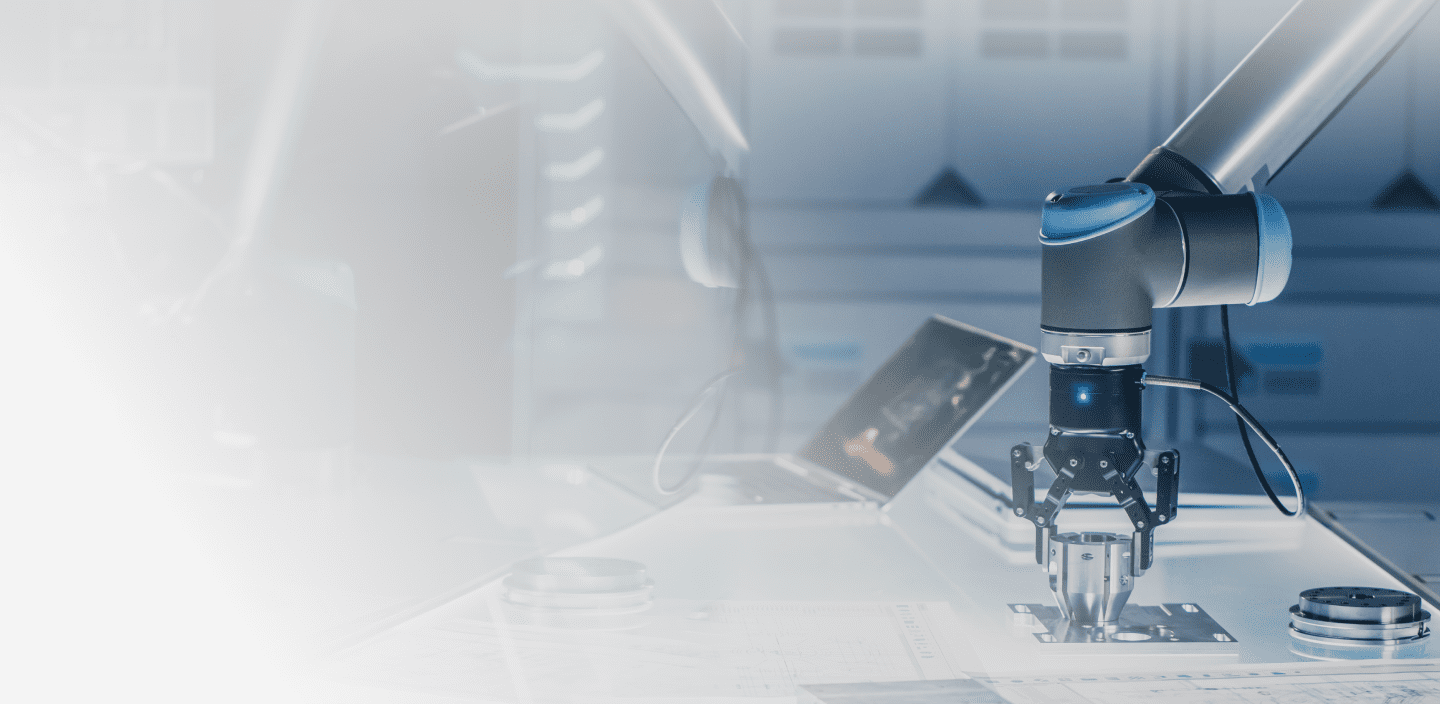

Four methods for enhancing automation in your lab
Automation is still widely underutilised in the lab space. Here are our tips for enhancing the automation you use day-to-day.
It’s been almost four decades since automation first appeared in our labs, yet in the majority of environments, it has yet to be truly embedded. Even labs that have adopted one or several automated devices, such as a liquid handler, still find that their workers have traded out monotonous tasks such as pipetting for equally monotonous tasks such as moving plates in and out of a machine.
Yet there are a number of ways to enhance the automation you use day-to-day.
So, how do you automate in a way that allows your scientists to focus on solving today’s biggest problems, and not on babysitting million-dollar machines? Here are a few tips on how to see transformational results:
1. Choose a capability-based approach
Traditional workflow automation systems are often large, rigid structures that don’t give labs the flexibility to innovate or change. They’re also so bulky, complex and expensive that only the largest labs are able to access them.
Instead, we recommend choosing a platform that allows you to take a ‘capability automation’ approach. That means opting for modular automation solutions that combine robotics and allow labs – large and small – to adapt to changing needs.
These solutions can be easily taken apart and put back together, or altered so that they can grow at the pace of your innovation. In addition to offering flexibility, these solutions can also save you lab space. And with the availability of labs in the Oxford-Cambridge Arc being close to zero in June this year, this is clearly an expensive commodity in the life sciences spaces.
Modules can be connected by a track system alongside other lab automation robots and perform a variety of tasks including de-capping, centrifugation and aliquoting. Because the same piece of kit can be optimised to carry out new tasks when needed, labs can meet the rising demand for new drugs and medicines and keep up with ever-shrinking product life cycles.

2. Establish connections that stretch from end-to-end
Interconnected automated systems are greater than the sum of their parts. By thinking about automation holistically, you can leverage the full potential of your existing equipment and build more meaningful and scalable automation into your lab.
We see automation as an orchestra. Most labs have fantastic soloists but by connecting these instruments together in perfect harmony, you can create something a lot more meaningful.
It’s no doubt a daunting task. In labs, automation platforms are connecting instruments that speak in different languages and have vastly different communications protocols. But with the right platform, management can become simple and seamless.
3. Look at data on a larger scale
When you’re using an instrument in isolation, it’s hard to imagine just how much data is being produced by the single device working on its own.
Make sure to choose a platform that brings together various sources of information to offer you a big picture perspective on how your lab is performing.
With data from a fully automated system, you’ll have access to anywhere between 5-10x the amount of data that you would derive traditionally. This means that not only do labs receive results from experiments faster and more accurately, but they can also access all the data pertaining to how that result was gathered, such as the sample, the experimental processes, the environment and equipment data. This data is vital for acquisition of FAIR data and ultimately facilitates the adoption of AI/machine learning technology, in addition to predictive biology like digital twins.
4. Accommodate the need for pace and scale
Many labs need to conduct experimentation at speed. For example, leading cell culture companies are looking to distribute novel products to market at pace – from novel therapeutic cell lines to cultured meat, seafood and materials. The increased throughput demanded by mass production pushes up the risk of human error and contamination, especially when scale implies greater numbers. This is where automation and robotics can play an important role.
Automation can be a powerful tool to give companies a competitive edge, while benefiting consumers and the environment.
Remote management allows your technicians to run assays faster and for longer and increase throughput. With cloud software, technicians can digitally link and orchestrate the commands and data flow between digital and physical resources so workflows can be executed from anywhere.
Want to learn more about how you can maximise usage of automation in your lab? Download the free report ‘The journey to the fully automated labs of the future’ to find out how.
